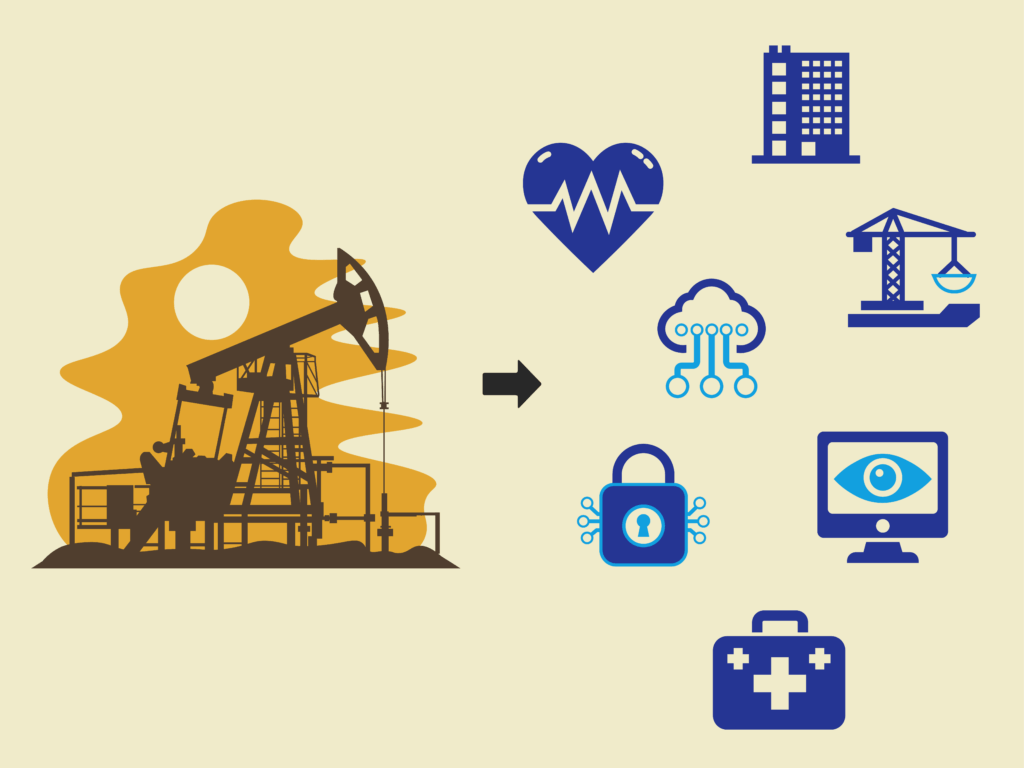
Easing the Paperwork Burden

Late last year, then-President Joe Biden quietly signed into law two pieces of legislation that had been 10 years in the making.
Both advanced the long-held goal of The Council and its partners to ease reporting requirements under the Affordable Care Act (ACA) that had become a heavy administrative burden to employers.
The ACA was signed into law on March 23, 2010. A key component was the employer reporting system that props up the individual eligibility for tax credits and the employer mandate under the law.
Organizations with more than 50 full-time employees were now required to offer health insurance to those workers or face penalties. To track compliance with the mandate, employers had to file annual reports with the Internal Revenue Service (IRS) starting in 2015 (after receiving a one-year deferral from 2014). The IRS issued guidelines in 2015 for the employer reporting requirements, which included filing certain forms detailing the health insurance coverage offered to employees. These forms—1095-C for large employers and 1095-B for insurers and self-insured employers—provide information about the coverage offered, who was covered, and the cost.
If employers made any errors in this paperwork—say, checking an incorrect box or a glitch in third-party reporting software it used—the IRS assumed non-compliance with the coverage mandate, which resulted in strongly worded letters and monetary fines that could reach into the millions of dollars. Employers had 30 days to prove to the IRS that a mistake had been made in order to avoid penalties, but this required hours of paperwork review and in some cases hiring additional help.
The Partnership for Employer-Sponsored Coverage, including The Council and similar trade associations, lobbied for employer relief from ACA provisions through federal legislation. Efforts to repeal or scale back the employer mandate started when the ACA was first passed but gained momentum once the IRS finalized the guidelines. There were several iterations of paperwork-easing legislation in the House and Senate over the past few congressional sessions, but those efforts finally paid off in the last Congress.
The Employer Reporting Improvement Act, sponsored in their respective chambers by longtime issue champion Rep. Adrian Smith (R-Neb.) and Sen. Mark Warner (D-Va.), provides additional time (90 days) for employers to respond to a preliminary penalty assessment under the ACA. It also provides for a six-year statute of limitations on penalty assessments, which will help ease employer recordkeeping—previously there was no statute of limitations, meaning employers theoretically would have to keep the reporting paperwork in perpetuity to prove they were consistently compliant with the law.
The law also offers flexibility in identifying dependent taxpayer identification numbers where that information is not available by substituting the person’s full name and date of birth. It also permits electronic delivery of statements relating to health insurance coverage if the individual consents to electronic delivery.
The Paperwork Burden Reduction Act, sponsored by House Ways and Means Chairman Jason Smith (R-Mo.) and Senate Majority Leader John Thune (R-S.D.), provides for alternative methods of reporting coverage under Sections 6055(c) and 6056(c) of the Internal Revenue Code. These ACA reports for covered individuals relating to employer-provided coverage for purposes of the largely repealed individual mandate were previously required to be physically mailed to employees and dependents. The laws changed that to make the reports available on demand to employees and dependents, saving time, the expense of mailing, and the waste of paper.
While these laws don’t offer a full repeal of the employer reporting requirements, they bring some flexibility.




